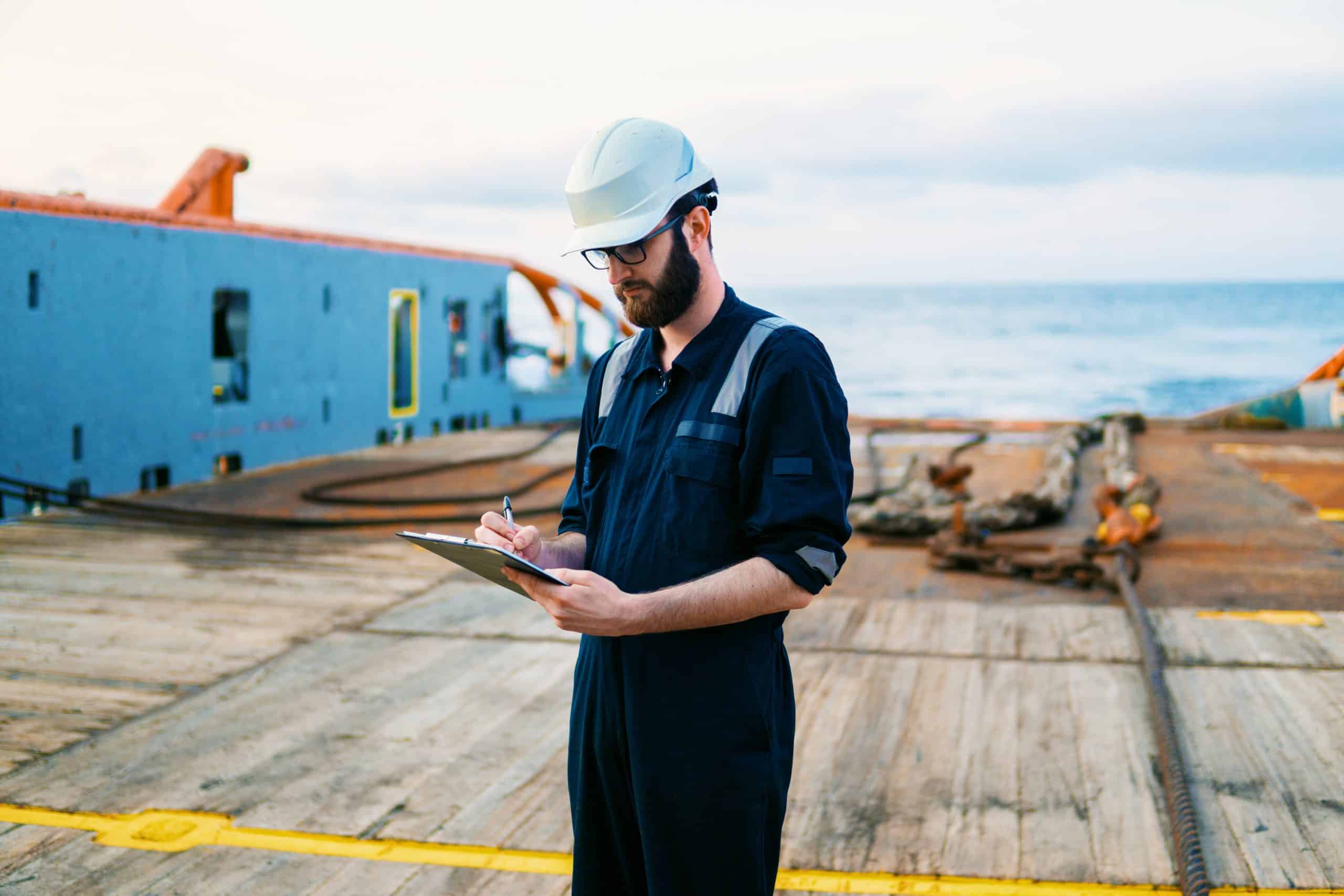As one of the global leaders in renewable energy, the United Kingdom continues to set the pace in the transition from fossil fuels to cleaner, more sustainable energy sources. A critical part of this transition is the expansion and development of offshore wind farms, which harness the power of the wind to generate electricity. What are the prospects for offshore wind farms in the UK’s renewable energy mix? Let’s delve in.
The Rationale for Offshore Wind Farms
Wind is an abundant and renewable resource that can be harnessed to generate power. However, not all locations are ideal for wind farms. Offshore wind farms offer a solution to this challenge.
Topic to read : Can Smart Home Ecosystems Automate Energy Saving in UK Households?
Offshore wind farms are essentially wind energy projects situated on the water. Unlike their onshore counterparts, offshore wind farms can exploit the more consistent and stronger wind speeds found over the ocean. These higher wind speeds result in a greater generation capacity, making offshore wind farms a crucial element in the renewable energy mix.
The UK, with its extensive coastline and windy climate, is uniquely positioned to exploit this renewable energy resource. The government has recognized this potential and has committed to the expansion of offshore wind power as a key part of its renewable energy strategy.
Additional reading : How Can Advanced Wearables Track Sleep Patterns for Improved Health Outcomes?
The Current State of Offshore Wind Power in the UK
The UK is currently one of the global frontrunners in offshore wind power. According to the latest government data, the UK has the largest offshore wind capacity in the world, with an installed capacity of over 10 GW.
This capacity is set to grow dramatically in the coming years, as numerous large-scale offshore wind projects are under development. These include the Hornsea One and Two projects, which, upon completion, will be the largest offshore wind farms in the world.
Another exciting development in the UK’s offshore wind sector is the emergence of floating wind farms. Unlike traditional wind farms, which are fixed to the seabed, floating wind farms are tethered to the seafloor but float on the surface of the water. This allows for wind farms to be located in deeper waters, opening up vast new areas for potential wind power generation.
The Role of Government in Promoting Offshore Wind Farms
The UK government has played a crucial role in promoting the development of offshore wind farms. It has set ambitious targets for offshore wind power, and has implemented a range of policies and measures to support these goals.
As part of its commitment to renewable energy, the government has introduced a series of Contracts for Difference (CfD) auctions. These auctions provide financial support for the development of new renewable energy projects, including offshore wind farms. The latest round of CfD auctions saw record low prices for offshore wind, making it one of the cheapest forms of new electricity generation.
The government has also introduced measures to streamline the planning and consenting process for offshore wind farms, and has provided funding for research and development in offshore wind technology.
The Challenges and Opportunities of Offshore Wind Farms
While the prospects for offshore wind farms in the UK are promising, there are also significant challenges to be overcome. These include technical challenges related to the installation and maintenance of offshore wind turbines, as well as environmental concerns related to the impact of wind farms on marine life and coastal ecosystems.
However, these challenges also present opportunities. The need for advanced technology and specialised skills has the potential to drive innovation and job creation in the renewable energy sector. Likewise, the need for careful environmental management can lead to the development of more sustainable practices and technologies.
In terms of opportunities, the expansion of offshore wind power in the UK also has the potential to contribute significantly to the country’s energy security and economic stability. As the country moves away from fossil fuels, offshore wind power offers a reliable, home-grown source of electricity that could help to reduce the UK’s dependence on imported energy.
Offshore Wind Power and the Future Renewable Energy Mix in the UK
Given the UK government’s commitment, the vast offshore wind resources available, and the continued technological advancements, offshore wind power will undoubtedly play a pivotal role in the UK’s future renewable energy mix.
The continued investment in offshore wind farms, the increasing adoption of floating wind farm technology, and the ongoing research and innovation in wind power technology all suggest a bright future for offshore wind power in the UK.
In conclusion, while there are undoubtedly challenges to be overcome, the potential benefits of offshore wind power – in terms of energy security, economic growth, job creation, and environmental sustainability – make it a compelling prospect for the UK’s renewable energy future.
Remember, the journey toward a sustainable future is a collective effort. As the wind energy sector continues to evolve, let’s keep an eye on the horizon and appreciate the enormous potential that offshore wind power offers. Together, we can make the transition to renewable energy a reality.
Technological Innovations in Offshore Wind Energy
The future of offshore wind power depends largely on the advancements in technology. More efficient wind turbines, better energy storage solutions, and improvements in wind farm design and operation, are all critical to making offshore wind power a practical and economically viable source of renewable energy.
Over the years, the size and output of wind turbines have significantly increased. The most recent models stand over 200m tall and have a capacity of 12 MW, enough to power approximately 16,000 homes. These larger turbines capture more wind and generate more electricity, making the wind farm more efficient and cost-effective.
In addition to onshore and offshore wind farms, the UK has also been exploring the potential of floating offshore wind farms. These are essentially wind turbines that are not fixed to the seabed, but float on the surface of the water. They are anchored to the sea floor, but can be situated in deeper waters than traditional offshore wind farms. Floating wind turbines have opened up vast new areas of the ocean for potential wind power generation.
Furthermore, the UK has been at the forefront of research into improving wind turbine designs and materials to boost their performance and durability. This includes the development of more efficient turbine blades, as well as advanced control systems that optimise the operation of the turbine based on real-time wind conditions.
Collaboration with Other Industry Players
Offshore wind power in the UK also benefits from collaborations with other players in the renewable energy and broader energy sector. This includes partnerships with grid operators, technology providers, and other renewable energy companies.
Investment in grid infrastructure is key to handling the expected increase in wind power generation. National Grid, the UK’s main electricity and gas utility company, plays a crucial role in integrating wind power into the country’s energy mix. The company is investing in new transmission lines and substations to accommodate more wind power, and is also developing smart grid technology to better manage and balance the power supply from various sources.
Collaboration with technology providers is also important for the development of more effective wind turbines and other equipment. For instance, wind turbine manufacturers are working closely with material scientists and engineers to design more efficient and durable turbine components.
In addition to the above, the UK’s offshore wind sector is also benefiting from partnerships with other renewable energy industries. For instance, hybrid renewable energy projects, which combine offshore wind with solar or tidal power, are being explored. These hybrid projects could potentially offer a more consistent and reliable power supply.
Conclusion: Towards a Sustainable Future with Offshore Wind Power
The UK’s commitment to offshore wind power is clear, and with the continued support of the government and industry, the prospects for its success are high. As the country continues to shift away from fossil fuels, offshore wind farms will be a key part of the renewable energy mix, contributing significantly to the nation’s energy security and economic stability.
While offshore wind power does pose certain challenges, not least the technical difficulties of installation and maintenance, and potential environmental impact, these hurdles are being addressed through technological innovations and regulatory measures. The ongoing research and development in offshore wind technology provide a promising outlook for the future of this renewable energy source in the UK.
The next few years will be crucial in determining the pace and scale of the UK’s offshore wind expansion. As we continue to invest in and push the boundaries of this renewable energy source, there is no doubt that offshore wind farms will play a pivotal role in the UK’s journey towards a sustainable and low-carbon future. As we navigate these waters, it is crucial that we promote transparency, collaboration, and innovation, to ensure that the benefits of offshore wind power are realised for all.
In conclusion, the future of offshore wind power in the UK looks bright. As we harness the power of the North Sea and beyond, let’s remember that every gust of wind is a step towards a greener and more sustainable tomorrow.











